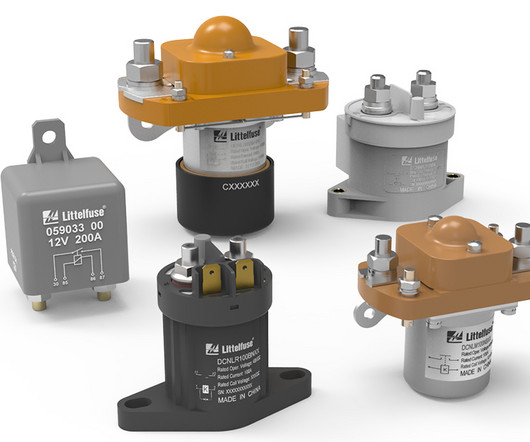As the off-road vehicle market rushes to electrify, standards are lagging behind
Charged EVs
AUGUST 4, 2023
High-voltage DC current is more dangerous and harder to interrupt than the comparatively sedate 48 volts used in smaller vehicles. I’m on the SAE Truck and Bus Electrical Systems Committee, and I know we are trying to write 48-volt standards now. When will they need to go higher than 1,000 volts? Geoff Schwartz: Yes.












Let's personalize your content